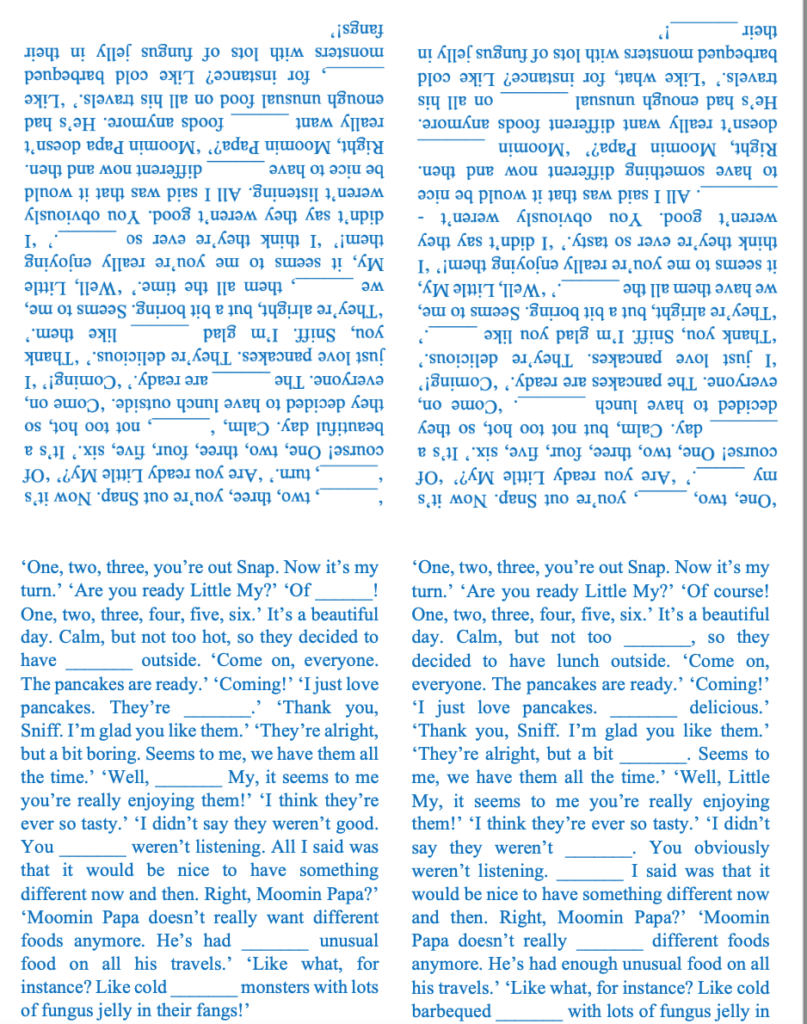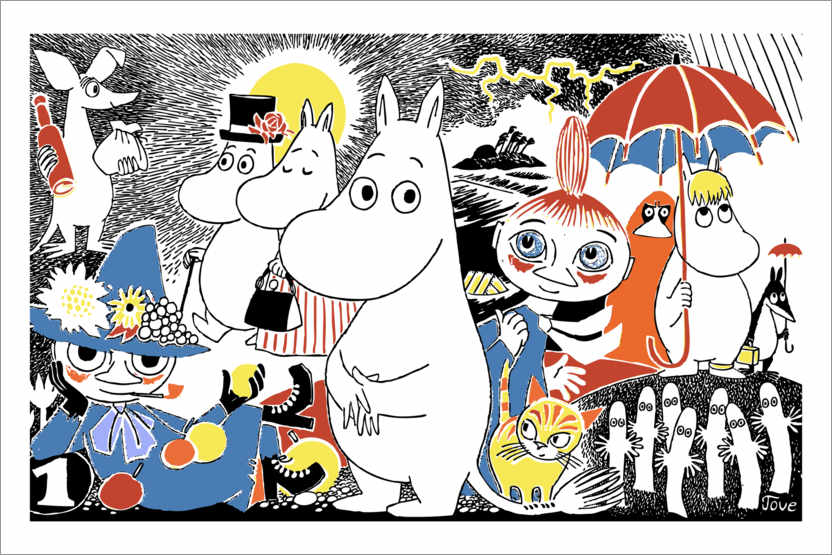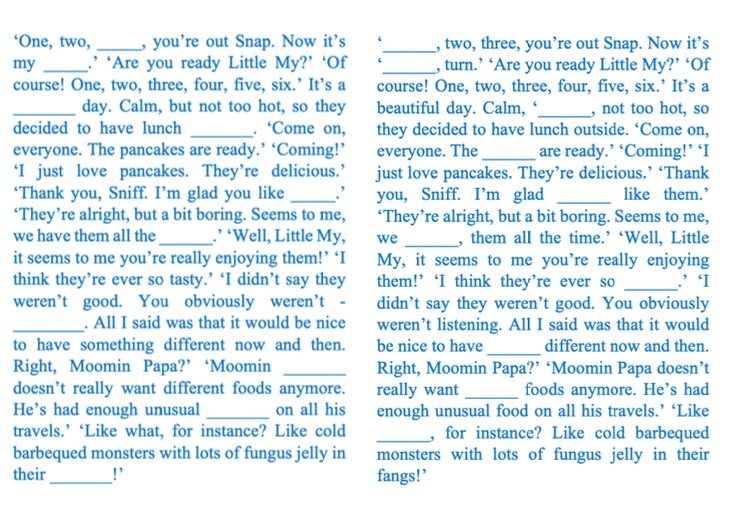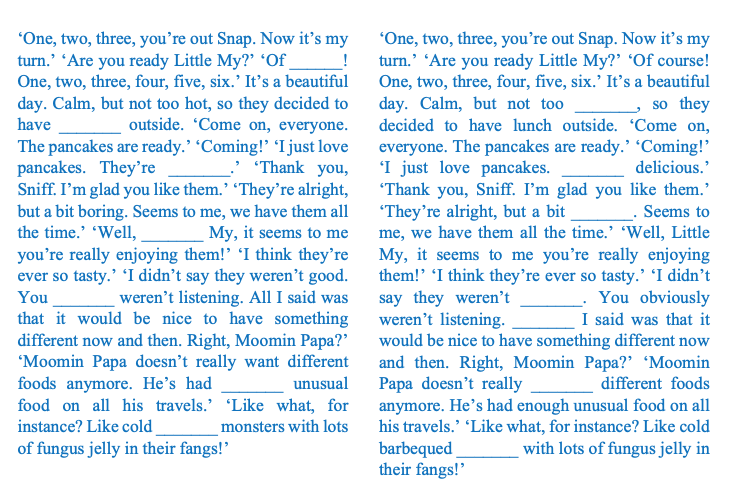You caught a beauty!!!
Download PDF of scaffold here.

Download PDF of scaffold here.
theory behind scaffold…
Scaffolding videos is essential. Many teachers use videos to introduce new material but forget that we need to introduce key academic language, concepts, connections beforehand, just as if we were about to begin speaking.
Many of us use the pause button as a scaffold. Ahhhh!!!! Now, you don’t have to admit it to anyone, but if you fall into this category, find the remote this very second and HIDE IT!!! Don’t fall into that trap! Stopping and starting a video to ask students questions about the past 2-3 minutes, is not only ineffective, but also incredibly frustrating for them! Would you like going to the cinema just to have the movie projectionist stop it every few minutes to explain something about the making of the movie or its underlying message? Of course not. During the movie, we want to sit back and enjoy it, soak in the poetry of movement, images and transitions, and then talk about it over with friends on our way home (or ask the movie projectionist questions before we leave!)
We can treat videos in the classroom like a Star Trek mission: exploring strange new worlds, and reduce the strange (unknown) aspect of them by introducing academic language, concepts, narration, images, before we say the magic words engage (for non-Star Trek fans, this would be like pushing ‘play’ to begin the video)…through….scaffolding!
Scaffolding videos means that we reduce the possibility of our students experiencing cognitive overload, and furthermore, the techniques can be a lot of fun – like this one! You can choose images, concepts, key academic language, or all of them. This scaffold is similar to one you may have already tried (Information Wheels – chunking information so that only a part of it shows in any given aperture), but much simpler to prepare.

The example we give here promotes multi-culturalism and interdisciplinary elements, by introducing students to Finland’s beloved Moomins – the peace-loving and philosophical family of characters, created in the 1940s by Tove Jansson, and now considered to be a national treasure.
It includes verbalisation, which is one practice effective teachers model on a daily basis. When we think aloud, we model the thinking process for our students. Thinking-aloud strategies (verbalisation) encourage students to learn to linguistically formulate what they are thinking, and so more effectively problem solve. Verbalisation of their thinking helps them to discern what may be valuable in their thought processes and what may be leading them astray when looking for solutions. By thinking aloud, students learn how to learn and this activity promotes this type of practice.
You’ll quickly see how you can use the scaffold for virtually any video you choose for your classes at any levels (Pre-School, Primary, Secondary and University). The students will become engaged immediately, and later, when they begin the unit, they will quickly realise how much knowledge they have already assimilated from having participated in the activity. See what you think!
step by step…
- Using the transcript from the video you have chosen, divide (chunk) the information into 5-10 parts.
- Use each of the chunks you’ve chosen for a mini-book. Prepare the mini-book in the following manner:
- Make four copies of each chunk and put them into text blocks.
- In each textbox, eliminate 1 word, phrase or term from each sentence – a different one in each sentence of each of the textboxes. (See example below.)
- Place the four text boxes on an A4 piece of paper – two of them upside down (see example below).

- Fold the mini-books – or let the students fold them. (See this video for a visual explanation.)
- Give each pair of students a mini-book, and they work together to verbalise what they see on each page of the mini-book and predict what they think is appropriate to fill in the missing information.
- When they’ve predicted the majority of the missing information, they then they look at the three other pages to confirm what is missing and whether their predictions were accurate or not. (We avoid using the word ‘correct’ and instead use ‘accurate’. We want to distance ourselves from creating an environment in which there are only ‘correct’ or ‘incorrect’ answers.) (See video for an example of a possible verbalisation.)
- Show the video.
- Formative assessment: Show strategic clips of the video and students answer the questions you’ve prepared beforehand.
- Reflection: Students write 50-75 words on the underlying messages in the video. They can choose one of the following:
- According to Momma Moomins, it is only proper to warmly welcome anyone who comes to your house.
- “One can never be truly free, if one admires someone else too much.” –Snufkin
- “I knew nothing, but I believed a lot.” –Moominpappa
- Milk, roses, buns, and berries are the best way to celebrate a homecoming.
- Sometimes someone needs silence and solitude, and it doesn’t mean there’s anything wrong.
- Even the strangest people you know may prove to be very helpful someday.
- The people who keep houses warm and bellies full should be celebrated as heroes.
- Treat mysterious packages with the utmost care – you never know what might be inside!
- Punishing someone isn’t the only way to get them to behave.
- Occasionally a good cry is just what you need to grow.
You can use the attached to include more philosophy behind the Moomins.



Scaffoldingmagic.com is your entryway into DYNAMIC bilingual learning methodologies, such as Phenomenon-Based Learning, CLIL, EMI, and ESL. You’ll find ways to implement critical thinking tools (DOK) to promote higher level thinking, the growth mindset, instill an ethic of excellence, deep reflection on learning, and all through multi-cultural, interdisciplinary activities. We have the keys to turning competences into action and to creating collective efficacy in your school so you move ahead as a unified, enthusiastic team.





